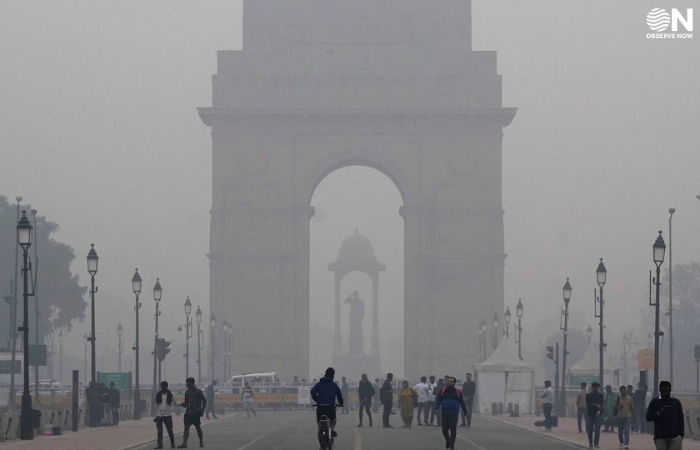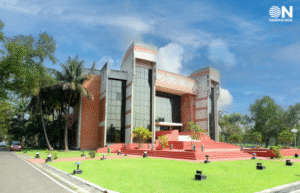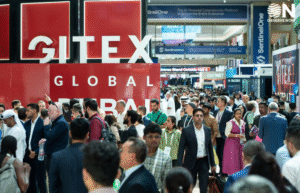Delhi Air Quality Plunges to ‘Severe’; AQI Crosses 400 in Multiple Areas

Delhi’s air quality took a dramatic turn for the worse, with the city recording an overall Air Quality Index (AQI) of 421 on Monday. Several localities exceeded the 400 mark, placing the capital firmly in the ‘severe’ category and raising serious health concerns for residents, especially children, the elderly, and those with respiratory conditions.
The sudden deterioration in air quality has prompted authorities and environmental experts to urge citizens to limit outdoor activities, wear protective masks, and use air purifiers where possible. Schools and hospitals are being advised to monitor vulnerable populations closely, and public awareness campaigns are being stepped up to mitigate exposure risks.
Experts attribute the spike in pollution to a combination of factors, including vehicular emissions, construction dust, industrial activity, and seasonal crop burning in neighbouring states. Meteorological conditions, such as low wind speeds and a temperature inversion, have further trapped pollutants close to the ground, intensifying the crisis.
Authorities are reportedly considering stricter measures to control pollution, including limiting vehicular movement, enforcing stricter construction norms, and enhancing monitoring of industrial emissions. Citizens have also been encouraged to reduce the use of private vehicles, adopt cleaner fuel alternatives, and support community initiatives aimed at reducing air pollution.
Environmentalists warn that without immediate action, the severe AQI levels could persist, impacting public health and putting pressure on healthcare infrastructure. The situation serves as a stark reminder of the urgent need for sustainable urban planning, stricter emission regulations, and long-term strategies to combat air pollution in Delhi.
As the capital battles this environmental challenge, authorities, experts, and citizens alike are being called upon to take proactive steps to safeguard health and restore air quality to safer levels.
















